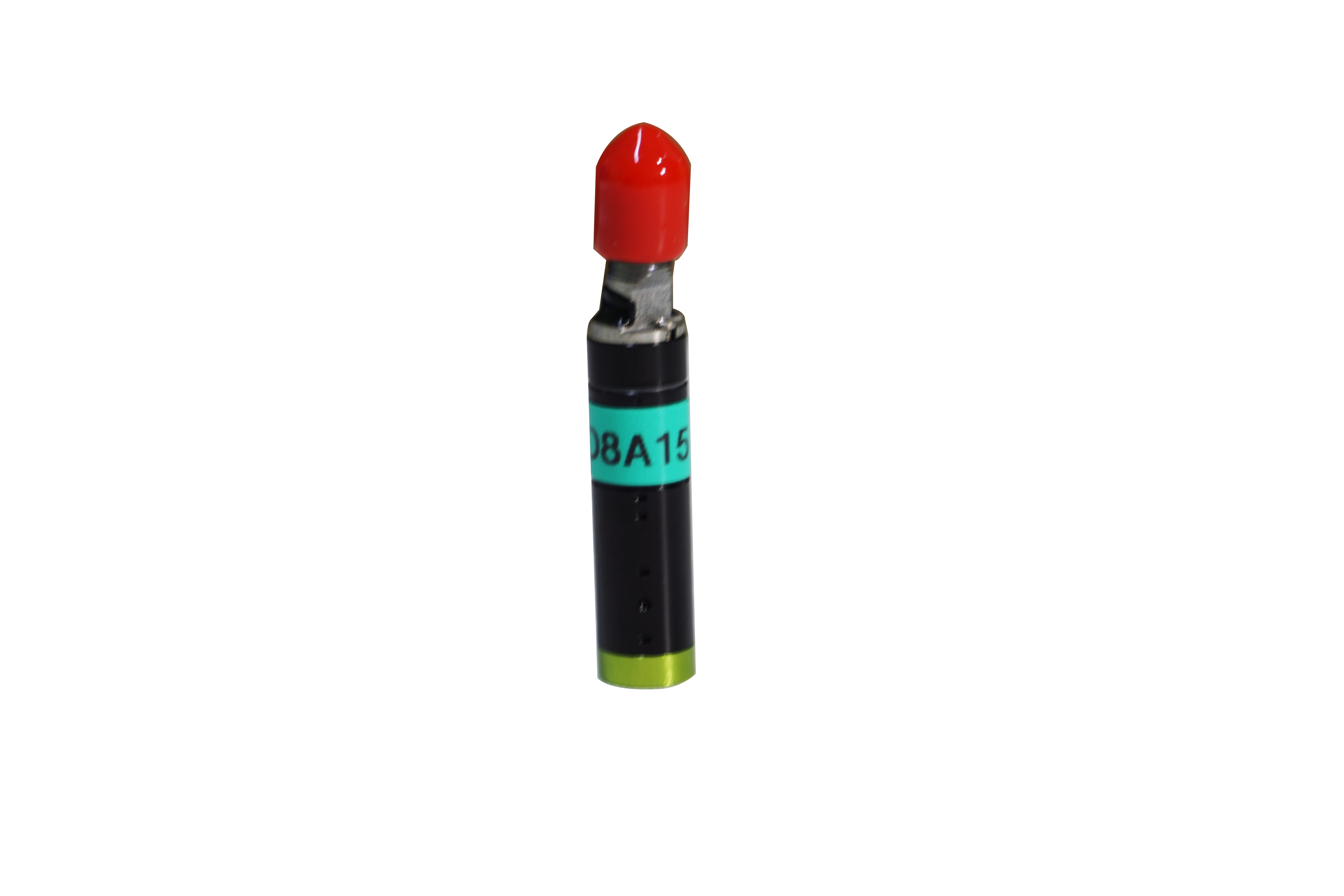2022-04-29
Laser displacement sensor is a commonly used measuring instrument, mainly for the measurement of physical quantities such as length, distance, vibration, speed, orientation, etc., and can also be used for flaw detection and air pollutant monitoring. Laser displacement sensor has the advantages of accurate measurement, wide measurement range, easy maintenance, strong durability, etc., and is widely used in many industries. So what factors should be considered when using a laser displacement sensor? The following is introduced by Shenzhen Liyi Technology Company:

1. Structure and material of the measured object
Structure: Usually laser displacement sensor measurement requires a complete triangular optical path. If the object to be measured has deep grooves or complex surfaces, it may cause the triangular light path to be blocked and thus cannot be measured.
Materials: There are some light-absorbing materials, such as black rubber and other materials, most of the light intensity will be absorbed, then it is necessary to adjust the exposure time reasonably to obtain enough measurement signals.
In addition, very reflective, or specular reflection of the object may cause the light to return vertically without forming a diffuse reflection, which will also lead to poor measurement results.
At present, manufacturers of laser displacement sensors will require customers to inform the surface structure and reflective characteristics of the measured object in advance when choosing a laser displacement sensor. In the case of special materials to be tested, such as glass, rubber and dark markings on the surface, the user may be required to provide a sample for test to ensure that the measurement requirements are met.
2: Parameter selection
Accuracy: This parameter also has other names, such as linearity, absolute error, etc. Refers to the degree of deviation of the measured value of the sensor from the theoretical true value. This parameter is a direct response to accurate measurement.
Resolution: This parameter refers to the minimum displacement change required for the sensor to make a change in the number of displays, usually the resolution parameter value is less than the accuracy.
Measurement speed: The measurement speed directly determines whether the measurement can keep up with the change speed of the measured object, and whether it can fully reflect the whole process of displacement change. Vibration measurement is often used when the measurement speed is high.
Of course, in addition to this, there are many parameters that can determine the performance of the sensor, including the ability to withstand the ambient temperature index, the vibration and shock index that can withstand, and so on. Why choose the right metrics? Because the higher the technical parameters must mean the complexity and difficulty of the manufacturing process, it is bound to be expensive. Therefore, when you formulate measurement requirements, you must not imagine and put forward a super-high measurement requirements.
Some sensors use units, often a few microns, or even nano-level measurement accuracy, measurement speed is also extremely high, ask it is really necessary to put such a high requirement? The answers are often unnecessary or require a high margin.
Third, the choice of brand
Among the many displacement sensors that measure the principle, the laser displacement sensor market is the most chaotic and the brand is the most uneven. There are even businesses clearly only acting for a foreign brand, but claiming that they are original production. In such a market chaos, it is best to purchase from formal channels. Laser displacement sensor, foreign brands have high precision, but the price is also very expensive. Domestic brand accuracy is low, but the price is more affordable.



